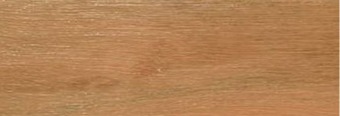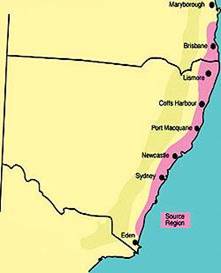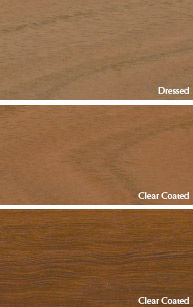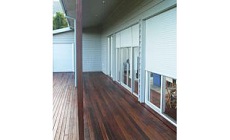

About
We Are a family run Business that aim to help people in the purchase of Building products . With over 40 years expereince in the building supply industry we aim to do our best in helping people find the right product or at least point them in the right direction to companys that can help.
Brochures and links
Ironbark(Grey)
Botonial Names:Eucalyptus paniculata and Eucalyptus siderophloia
 <
<
Description
The most common commercial species of Grey Ironbark is Eucalyptus paniculata, which is distributed from the far south coast of NSW to north of Coffs Harbour. Another species also referred to as Grey Ironbark is E. siderophloia. It is distributed from southern coastal NSW to Maryborough in Queensland.
Ironbarks are a very characteristic group of trees, so named on account of the thick, compact, hard bark. The name however could equally apply to the timber itself, for it is certainly the ironwood of the whole Eucalyptus genus. The wood is very heavy, hard and compact, making working with the timber difficult. It ishard to nail and planes with difficulty. Microscopically, the fibres are seen to be very thick walled, compact and closely compressed.
The commercially available Ironbark species in NSW can be broadly divided into Grey and Red Ironbarks.
Appearance
The heartwood of the Grey Ironbarks ranges from light grey or light chocolate with some darker reds and browns sometimes occurring. Sapwood is slightly lighter in colour. Grey Ironbark may have various regional variations such as the ‘Black Ironbarks’ around Port Macquarie, which have similar light colours with black narrow to broad streaks running through the timber. Texture is moderately coarse and even.
Properties
The timber is very hard to work, limiting some applications requiring fine detailing. The heartwood is highly durable (Class 1), allowing a wide range of external applications. The sapwood is not susceptible to Lyctid attack. Applications include heavy engineering, marine structures, poles, boat building, framework, flooring and decking. It was one of the first species to be utilised by the early settlers in the neighbourhood of Port Jackson, for bridging, house building, piles and generally where great strength and durability were required.


Gallery







